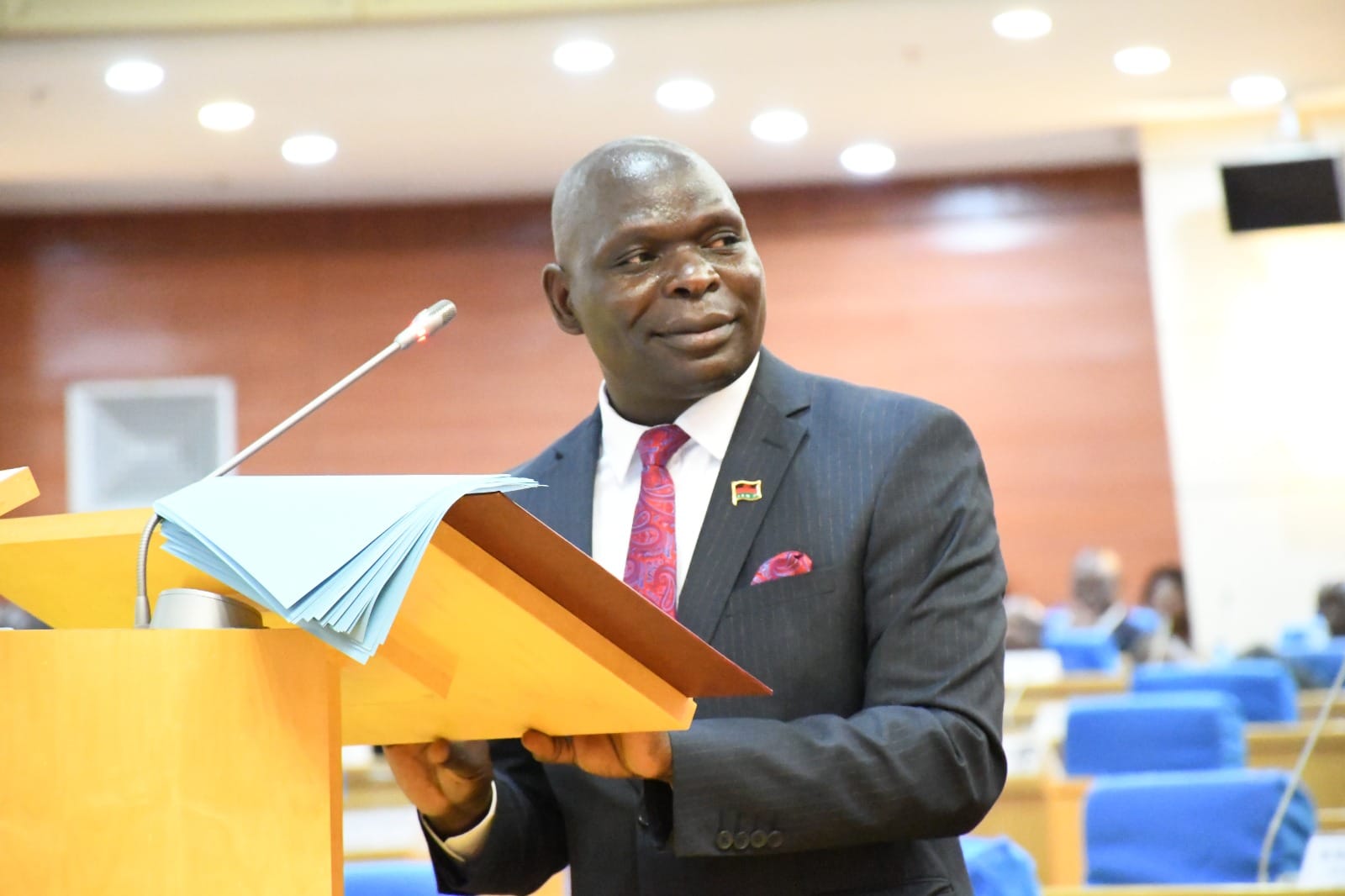Glitches in debt restructuring
Malawi’s debt restructuring negotiations, which covers one-third of the country’s K6.62 trillion external debt, will unlikely produce meaningful results in the fiscal space, an analysis has shown.
The Debt Relief for Green and Inclusive Recovery Project analysis has attributed this to the country’s resistance to include Multilateral Development Banks’ (MDB) claims in debt restructuring, which constitute two-thirds of Malawi’s debt.

The analysis says Malawi is not a unique case as more than 20 other developing countries with MDBs as their main creditor share similar constraints in debt restructuring.
Despite the Group of 20 (G20) calling for MDBs to develop options to share the burden of debt relief efforts, they have not agreed to contribute to debt relief efforts under the G20’s Common Framework.
As of December 6 2023, Malawi had not applied to the Common Framework, an indication that excluding MDBs from debt relief efforts under the Common Framework effectively reduces the pool of eligible countries that can seek debt treatment.
Reads the analysis in part: “The other two-thirds of Malawi’s debt is owed to MDBs, which are considered ‘super-senior creditors’, hence, are precluded from debt relief efforts.
“This limitation not only hinders effective debt restructuring, but also disrupts Malawi’s path towards economic stability and sustainable development.”
For 27 countries, including Malawi, exhibiting signs of debt vulnerabilities, most of their external public and publicly guaranteed debt is owed to multilateral lenders.
Between 2023 and 2029, Malawi will have paid 67 percent of external sovereign debt service to MDBs, according to the analysis.
Of Malawi’s total external public debt at K6.62 trillion, K4.4 trillion is owed to multilateral creditors.
The World Bank is the largest creditor, with K2.2 trillion or 33 percent of Malawi’s total external public debt.
This means that only about one-third of Malawi’s external public debt stock is under negotiation, with K1.7 trillion to commercial creditors mostly to African Export-Import Bank (Afreximbank) and Trade and Development Bank and K742 billion to bilateral creditors mostly China and Saudi Arabia.
In an interview on Monday, economist Bond Mtembezeka said Malawi needs the negotiations across the board if the restructuring is going to have a real impact.
He said: “Failure to restructure the debt will be catastrophic for our economy as the debt will continue to mount amidst a subdued economy.
“Restructuring debt is just one part, the most important element is to ensure that government supports the economy and keep the debt in check.”
Meanwhile, the IMF expects that between 2023 and 2027, Malawi will need $1.6 billion to close its external financing gap, of which $987 million should be financed by debt relief.
Minister of Finance and Economic Affairs Simplex Chithyola Banda was not available for comment, but he said in the 2023/24 Mid-Year Budget Review Statement that ongoing debt restructuring strategy will help to bring public debt levels to moderate risk in the medium-term. “Government will ensure that in the medium-term, public debt levels go down by containing the budget deficit,” he said.






One Comment